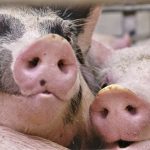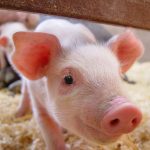A receivership order filed June 12 in the Court of Kings Bench in Winnipeg has appointed BDO Canada Limited as receiver and manager for Genesus Inc., Genesus Genetics and Can-Am Genetics, Inc.




Contact surfaces also impact pig thermal condition

Farmers must make money before they can invest in sustainability and the carbon price isn’t helping

Aggressive expansion in Chinese hog sector turns to mounting losses on demand downturn

There are a couple of asks agriculture needs to make of government

Packer cites 'continued financial losses' in sector

American pork producers also nervous on VCOOL, U.S. industry reps say

Pork producers will want to look for ways to dampen volatility and risk this year

Average hog weights remain relatively high